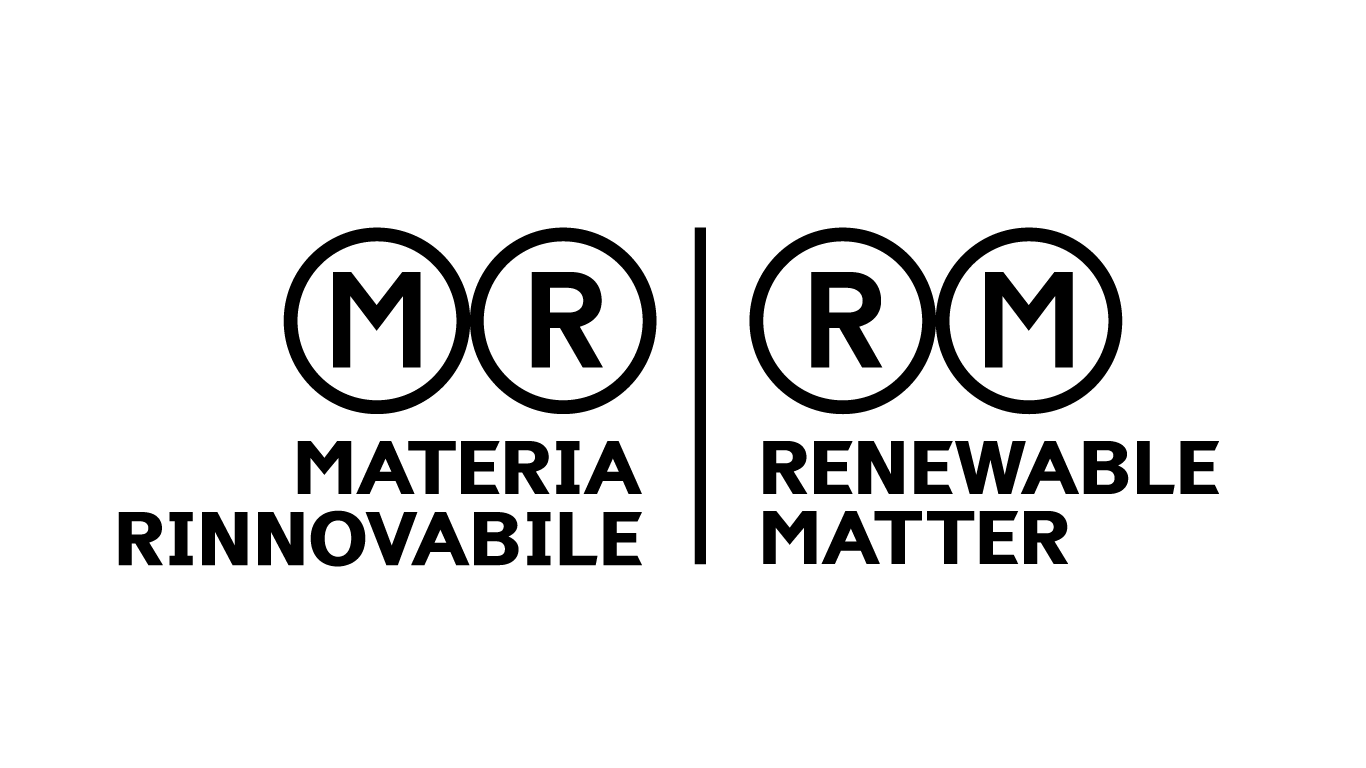This article is also available in Italian / Questo articolo è disponibile anche in italiano
E.On continues to grow in Italy. The German group reached 1.1 million customers across the country in 2024, supplying 2 TWh of green energy. Of these, nearly 950,000 are residential users, with the remainder made up of apartment blocks, businesses, and the public administration. “Our target for 2030 is to exceed 1.5 million customers through organic growth,” CEO Luca Conti tells us.
The company is preparing to invest 350 million euros over the next three years, split between utility-scale PV, advanced digitalisation, and “city quarter” energy infrastructure, such as the Mind project in Milan, which will become the country’s first district equipped with E.On’s proprietary system for heating and cooling buildings. The CEO’s goal is to help customers make the most of the liberalised energy market, focusing on bill savings, energy independence, and high-value additional services, including electric mobility and energy education. Renewable Matter sat down at E.On Italia’s Milan offices for a wide-ranging discussion on energy consumption.
Luca Conti, the Italian context remains challenging, with energy prices still high, while elsewhere in Europe, renewables and nuclear are helping to bring down both bills and emissions. What is the situation today?
Energy prices in Italy are higher than they were last year, but they are beginning to stabilise. In a country with a strong manufacturing sector, now also facing potential US tariffs, the cost of energy is a real concern, both for the competitiveness of our industries and the ability of households to manage their expenses. In Italy, we remain heavily reliant on gas (45% of consumption) and its high price. Last year, gas was the marginal price setter for electricity in 63% of hours. While renewables have more influence on pricing during the summer months, in months such as February, 88% of total hours were defined by the gas price. The 2025 Energy Bill Decree has been effective, but it’s a temporary remedy. What we need are structural solutions, including through the natural decoupling of electricity and gas prices, to be achieved not so much through fundamental changes to market mechanisms, but rather through a genuine push for renewable generation. Just like Northern Europe, which generates 70% of its electricity from renewable sources and the rest from nuclear power.
Germany is also struggling.
It’s the country most similar to ours: Europe’s leading manufacturing economy, using less gas and more coal, with a higher CO2 component. Where we have more PV, they have a significant balancing factor in wind power. Yet prices remain high.
So why invest in renewables in Italy?
Italy has a competitive advantage: a world-class Transmission System Operator (Terna), very strong local distributors, widespread deployment of Smart Meters, and abundant solar and wind resources. The perfect ingredients.
And yet, Italy still seems far from its target of installing 10 GW of renewables per year. How is the market for residential and industrial installations evolving?
The residential market remains promising, but progress is not fast enough. In the first half of 2025, sales are in line with 2024 levels, driven mainly by high energy prices acting as an implicit incentive. While the end of the 110% Superbonus is a positive step, mechanisms such as tax credit transfers or invoice discounts are still important for citizens, particularly for lower-income households and to encourage private investment. As for utility-scale installations, bureaucracy and slow permitting processes remain a bottleneck, despite recent efforts to speed things up. We need certainty regarding the rules and returns on investments. We’re seeing growth in Renewable Energy Communities (CERs), which can benefit from non-refundable aid covering up to 40% of costs and offer broader benefits to local areas. Especially in the entrepreneurial world, where there is a strong desire to leave something behind for the territory. After a slow start, regulatory simplifications and eligibility for PNRR funding for CERs in municipalities with up to 50,000 inhabitants have been key to the recent acceleration.
What is your opinion on the Fer X Transitorio decree?
The regulatory framework is solid. However, the hammer prices that seem to be emerging imply a very challenging return on investment....
The European Competitiveness Fund, part of the 2027-2034 budget, has been announced in Europe. What do you expect?
It will be a boost for the spread of renewables and the electrification supply chain. We are expecting reasonable regulatory simplification and clear guidelines.
On the 30th of September 2025, the first auction under the mechanism for the procurement of electric storage capacity (MACSE) will take place. How are you approaching the storage topic?
We see MACSE as a positive signal and, hopefully, a concrete enabler for the development of large-scale renewable plants, thanks to the added flexibility it can bring to the transmission network. Beyond this tool, we see great potential in demand flexibility and we are focusing more on managing and developing demand response and batteries installed at our customers' facilities. We are closely monitoring the evolving regulatory and technological landscape, as some points still need clarification. For storage systems to work, they must be integrated with a smart grid and widespread use of electric cars and installations. Only then can true system flexibility be achieved. The vehicle-to-grid will be essential, with electric cars playing an active role in a two-way approach on this path towards flexibility. Picture this: you arrive home at 6 pm with your e-car battery at 60%. You discharge the car to power appliances and your heat pump during peak demand and pricing hours, and then recharge it slowly overnight, when demand falls.
What are the limits of domestic smart grids with vehicle-to-grid?
We will never move beyond the experimental phase until we have a sufficiently large number of electric vehicles to attract real interest. And then there is the other aspect, which is that all these developments need to be promoted and incentivised more.
How is your domestic electrification services market expanding?
Each year, around 2% of our customers opt for one of our integrated solutions. Of these, fewer than 20% choose only photovoltaic systems, but combine it with storage, and 20% also add a heat pump. We see two main customer profiles. First, the so-called aware customers, typically aged 45 to 60, who go beyond the purely economic return and see this as the right thing to do. The remaining 50% are Smart customers, aged 35-50, who want to have an innovative technological home and reduce their energy bills.
You’ve introduced the figure of the “flexumer”. Who are they?
It is the evolution of the concept of prosumer, who consumed energy but also produced it. Flexumers consume and produce, but they are also willing to become part of the system's flexibility, responding to the system's impulses, consuming consciously at certain times of the day, and collaborating with the ESCO to manage production. For this reason, we have created customised rates, such as our E.On Luce Smart, specifically for customers who decide to participate in the flexibility game by recharging their cars at certain times of the day, or who reward consumption during night-time hours, when it is also good for the grid.
How do you support flexumers?
We have both integrated management to help with consumption and we strongly believe in educating customers about certain types of behaviour. These are simple components, but they can revolutionise bill costs and support the transition.
This content is produced thanks to the support of sponsors
Cover: Luca Conti



